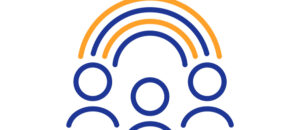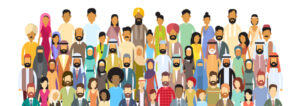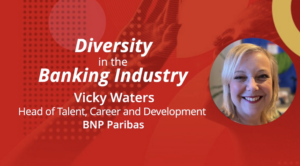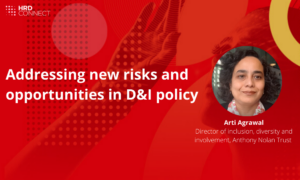Sparking LGBTQ+ inclusion in the workplace: interview with Stephen Frost
- 5 Min Read
HRD Connect delved deeper into LGBT+ inclusion, how far this mission has come, and what work there is still to do to further improve the experience of this community.
- Author: Louron Pratt
- Date published: Jul 16, 2019
- Categories
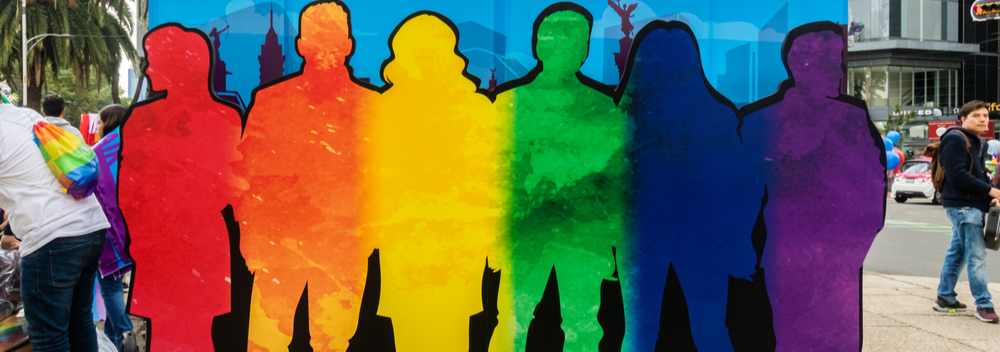
In recent years we have seen significant strides for the LGBT+ community in the workplace, with a large number of companies investing time and resources into ensuring that this group are understood, and are confident enough to bring their whole self to work. To find out more about this positive change, and what work is still left to be done, HRD Connect spoke to Stephen Frost, a globally recognised diversity, inclusion and leadership expert. Stephen worked in-house at KPMG as Head of Diversity and Inclusion from 2014-2015. From 2007-2012 Stephen designed, led and implemented the inclusion programmes for the London Olympic and Paralympic Games as Head of Diversity and Inclusion for the London Organising Committee (LOCOG). Responsibilities included diversity across a 200,000-person workforce, $2 billion procurement spend, and 57 delivery functions to inclusivity in an 11-million ticket programme and accessibility at 134 venues. And founded Frost Included in 2012. Here’s what he had to say about Diversity and Inclusion progression.
How far we come in this has been a positive change in the past sort of 10 to 15 years? Or is there still a lot of work to be done in that department?
To give you an example of positive change, in January 2005 we launched the Workplace Equality Index which is the main benchmarking tool that we set up for companies to measure how gay-friendly they are. What was really interesting is that we had to work really hard to get employers to even take part. When we initially launched, out of the top 100, there was seven that was still in the closet because they didn’t want to be associated with this index. And then three years later we have all of these companies competing and trying to get in. It’s a really interesting change in a very short period of time from 2005 to 2008.
I think there is still loads to do as we still have loads of people who are still in the closet not of their own choice, we still have workplace harassment on the basis of gender identity and sexual education. In the UK, we probably have one of the best legal environments in the world now. We’ve certainly got a lot of transparency in civil society support around it, so I think now the work has to lie with line managers constantly role modelling and offering high-level support which is really important.
What sparked this change in intention to make this a priority?
One of the first reasons is that the law here has made really good progress. And also now I think consumers care about an organization’s stance on issues like LGBT inclusion. So it’s not great for the consumer-facing brands in retail food fashion to not have a positive example. So it shows that the reputations really important, like with the index and like these various awards. The third spark is actually more of deep-seated competitiveness and desire to actually do the right thing by the business. Even now nearly half of millennials don’t identify as straight, given that gender fluidity is far more salient through different identity and slots. Companies can’t afford to ignore this if they want to be successful in the future, the best people make the best decisions. And to be competitive in the talent market there’s more of a profound spark when the market is competitive and transparent, you have to do all you can to get your people to be as productive as possible. And as Stonewall said back in the day, people perform better when they’re themselves.
What are the biggest challenges that follow on from improving this LGBT and diversity inclusion?
I think business professionals still might think this is extra work, it’s the poorly managed people in the middle that often get the pressure points and they might just think “Oh, this is another thing I’ve got to do.” What we need to do is reframe this as it not being the thing you could do if you have spare time, but actually making it something that you have to do. So it’s not like suddenly you have to be gay-friendly on a Friday afternoon when you have finished all fo your other tasks. You should be gay-friendly as a method of approaching everything you do on Friday. So you can actually convince line managers that this is not more work as it’s just actually helping them lead better in a different way. I think that’s a great way of opening up education in training, its role modelling from the top, it’s rewarding good behaviour, it’s emphasizing the importance of good people management.
Are there enough resources and experience out there to accommodate for this stark changes?
There are actually some quick wins and quick things people can do, if you surround yourself with different people then that will be a free resource for you which will help you make better decisions. Another example could be to use the resources online that are free and available. If you go to talk lectures these can also help. None of this needs to be rocket science. But I also don’t underestimate the fact that in an organization that is very homogenous, maybe people don’t know different from them or don’t have experience of managing people who are different from them. In that case, it’s about getting guides and resources that can help.



